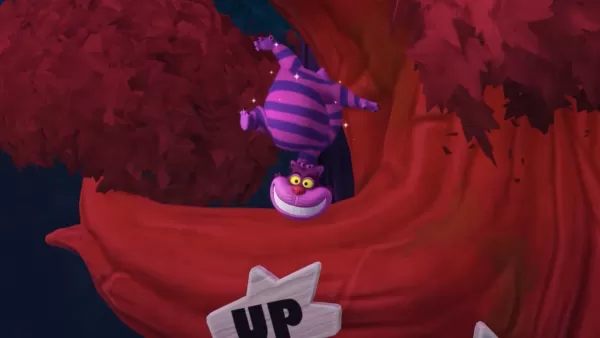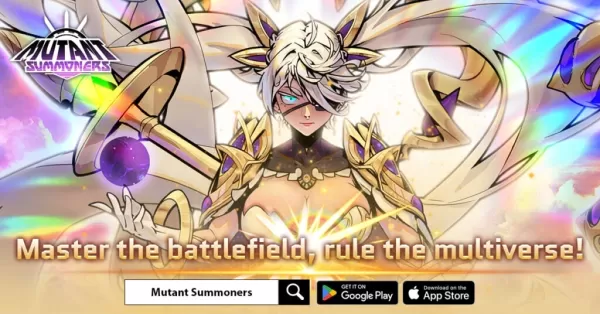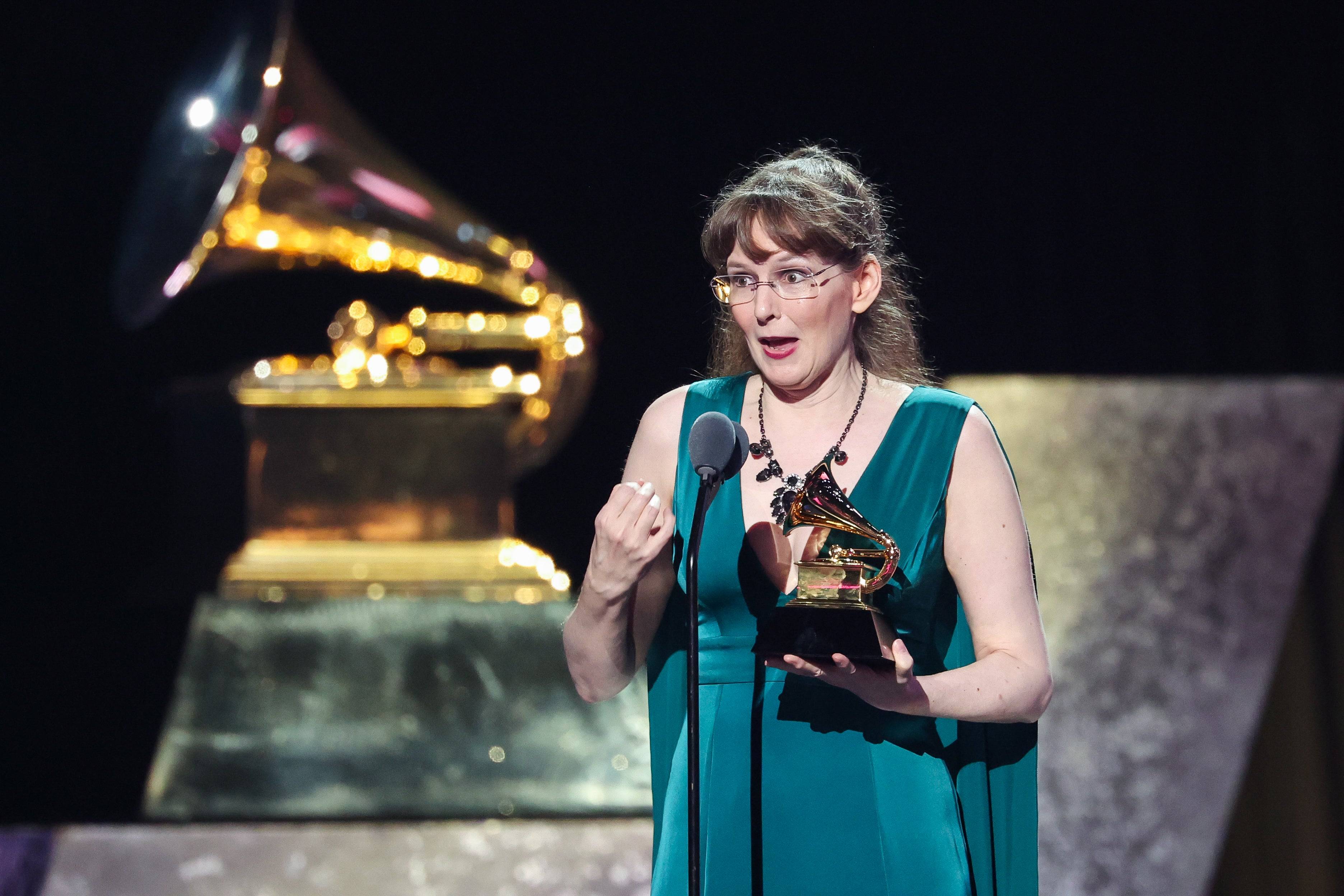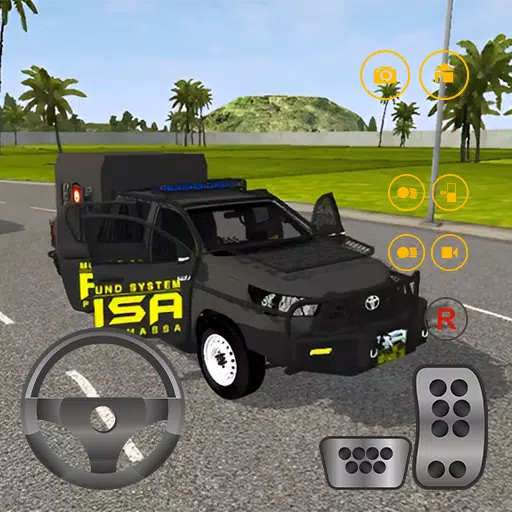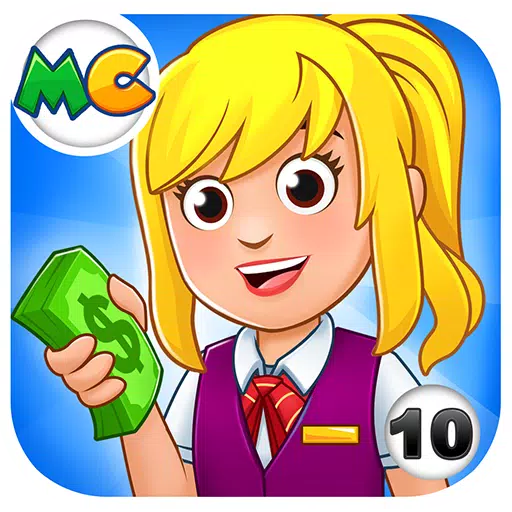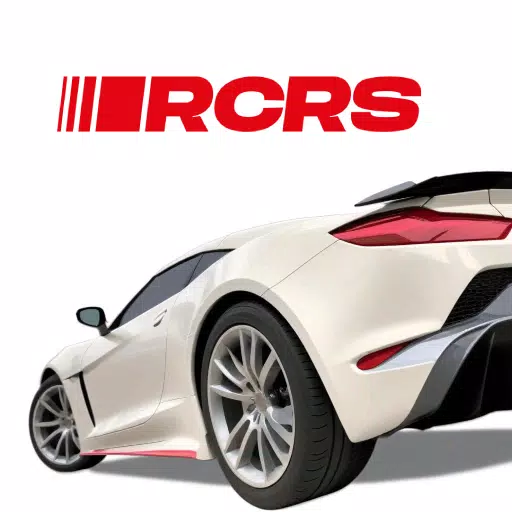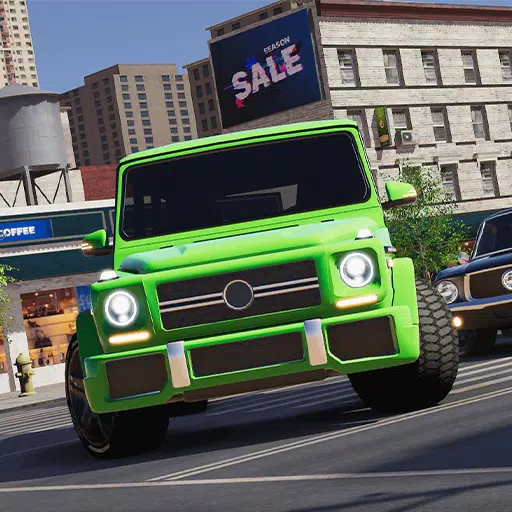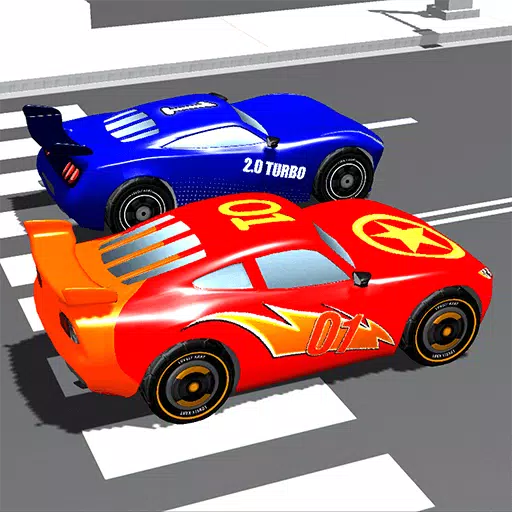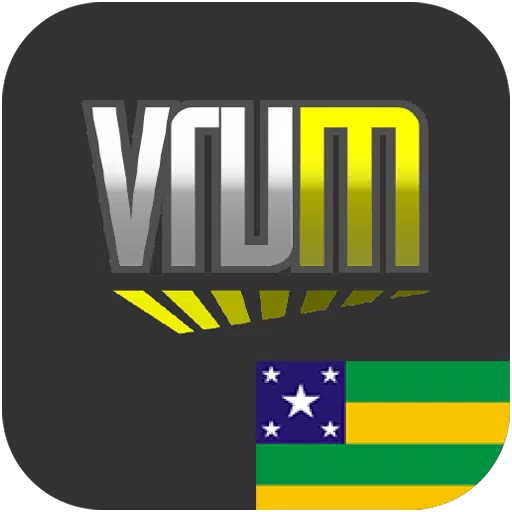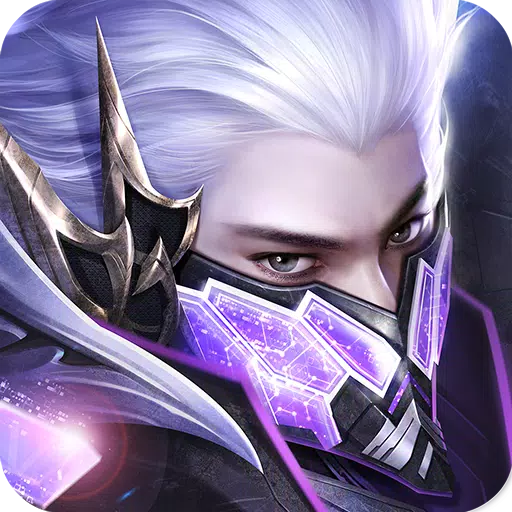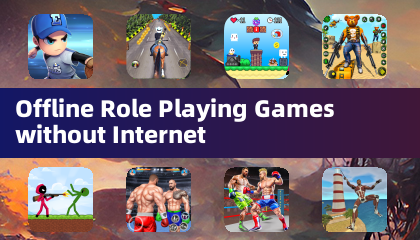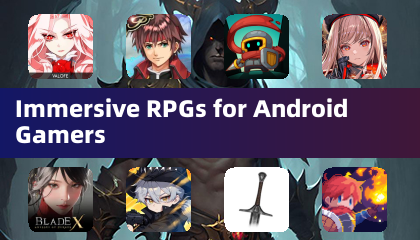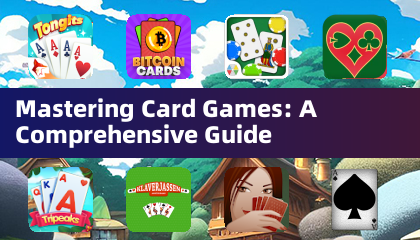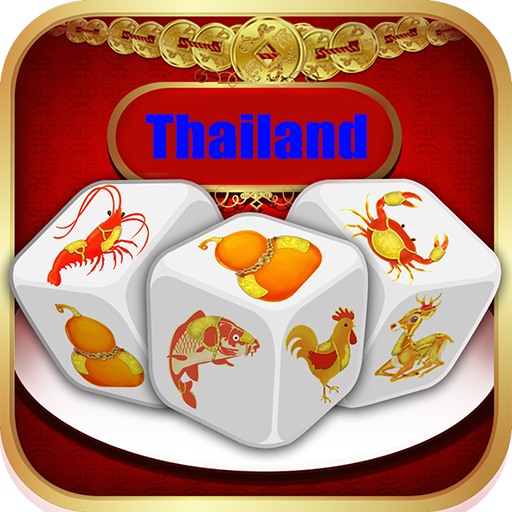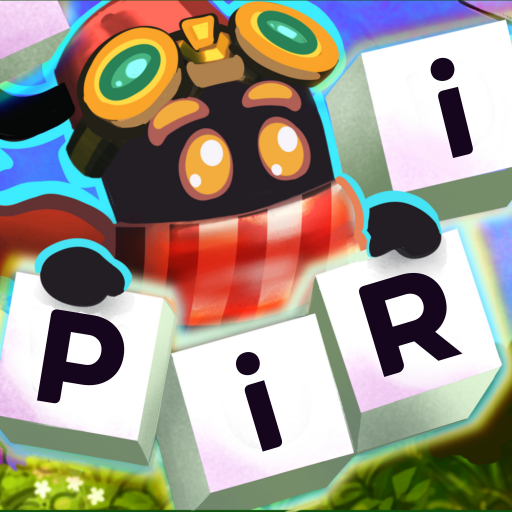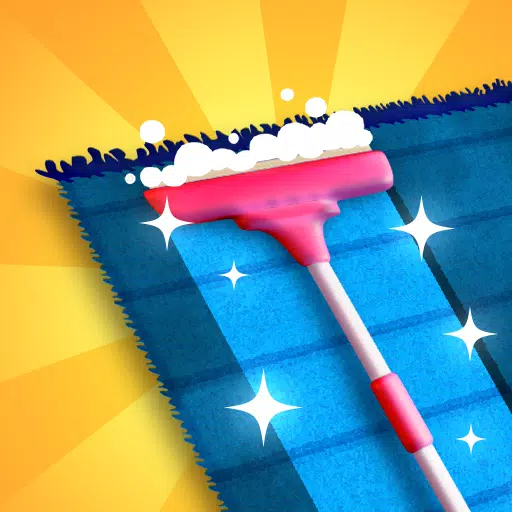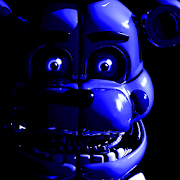At the start of April, Nintendo unveiled the highly anticipated Switch 2 during a captivating Direct event. The showcase highlighted an array of exciting new features and a diverse lineup of upcoming games, setting the gaming community abuzz. However, the event concluded on a somber note as Nintendo withheld the crucial detail of the console's price. It wasn't long before fans' worst fears were confirmed: the Switch 2 would retail at a steep $449, marking a $150 increase over the original Switch's launch price of $299. This announcement was met with a mix of anger and concern about the potential impact on the console's market performance, especially following the news that the flagship launch title, Mario Kart World, would be priced at $80.
Some Nintendo enthusiasts, still reeling from the disappointments of the Wii U era, quickly succumbed to pessimism, predicting that the high price point would limit the Switch 2's market penetration and plunge Nintendo back into obscurity. The question on many minds was: why pay $450 for what is essentially last-generation technology, especially when a PS5 or Xbox Series X can be had for around the same price? However, these fears were soon alleviated when Bloomberg reported that the Switch 2 was on track to become the most successful console launch in history, with projections suggesting sales of 6-8 million units. This figure would eclipse the record of 4.5 million units set by the PS4 and PS5. Despite its price, the demand for the Switch 2 is undeniable, a testament to the enduring appeal of Nintendo's offerings.
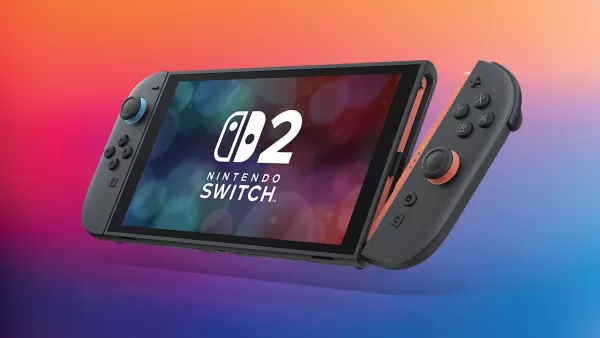
The Switch 2, while not inexpensive, is priced similarly to its competitors. To understand its potential success, one need only look at Nintendo's past. The Virtual Boy, launched two decades ago, stands as a stark reminder of what happens when a concept is ahead of its time yet fails to deliver. The promise of virtual reality was enticing, but the technology in 1995 was not ready for widespread adoption. The Virtual Boy, with its cumbersome design and headache-inducing red visuals, failed to capture the imagination of gamers, marking it as a significant misstep for Nintendo.
In contrast, the Switch 2 draws parallels to the Wii, which revolutionized gaming with its innovative motion controls. The Wii's success lay in its ability to bring new players into the fold, appealing to a broad demographic from children to the elderly. The enduring popularity of motion controls, seen in games like Pikmin and Metroid Prime, underscores their importance in Nintendo's lineup. The original Switch, with its seamless transition between handheld and console modes, further blurred the lines between gaming experiences, a concept that remains popular today. The Switch 2, while not as groundbreaking, addresses the original's power limitations, offering a refined experience that gamers crave.
The Switch 2's pricing aligns with that of its competitors, with the PS5 and Xbox Series X also commanding premium prices. Yet, the value of the Switch 2 extends beyond its hardware. The Wii U's failure serves as a cautionary tale not just of unappealing technology but also of the critical need for a robust game library. The Wii U's launch title, New Super Mario Bros. U, failed to innovate, leaving the console without a compelling reason for purchase. In contrast, the Switch 2 inherits a rich catalog of games from its predecessor and introduces new experiences like Mario Kart World, which reinvents the franchise with an open-world approach reminiscent of Forza Horizon. Additionally, the promise of a new 3D Donkey Kong game and an exclusive FromSoft title further bolsters the Switch 2's appeal.
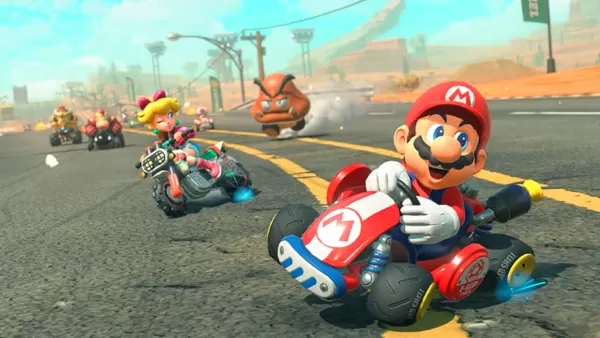
While the price of the Switch 2 at $449 is undoubtedly high, it is consistent with the current market trends. The PS5 and Xbox Series X, both priced around $499, set a precedent that the Switch 2 follows. Although some might argue that the Switch 2's hardware should position it closer to the Xbox Series S's price point, Nintendo's unique offerings justify its cost. The example of the PS3, which was so expensive it initially hindered sales, shows that while price is a significant factor, it is not the sole determinant of a console's success. In 2025, the Switch 2's price, while high, is within the established norms for the industry.
Nintendo's position in the gaming industry is unique because it consistently delivers games that set new standards, and fans are willing to pay a premium for these experiences. The Switch 2, priced in line with its competitors, offers not just desirable hardware but a compelling library of games. While there may be limits to what consumers will pay, especially as game prices rise, the Switch 2 currently aligns with the industry benchmark. With over 75 million PS5 units sold, it's clear that the price point is one that the market is willing to accept.


